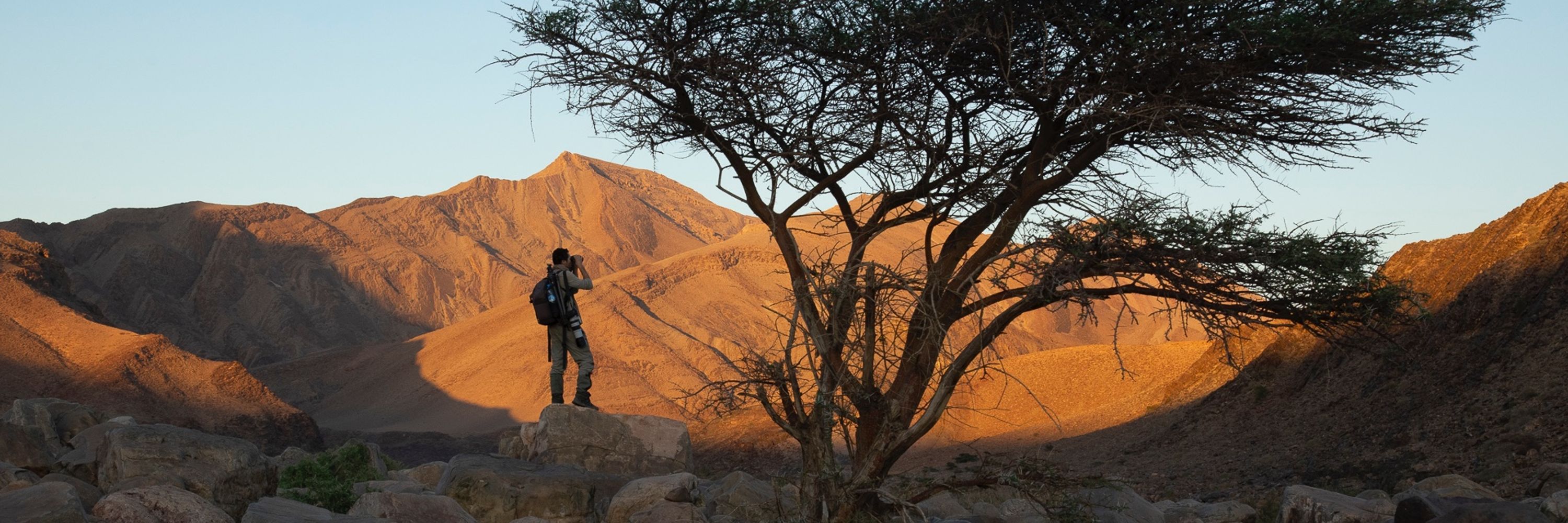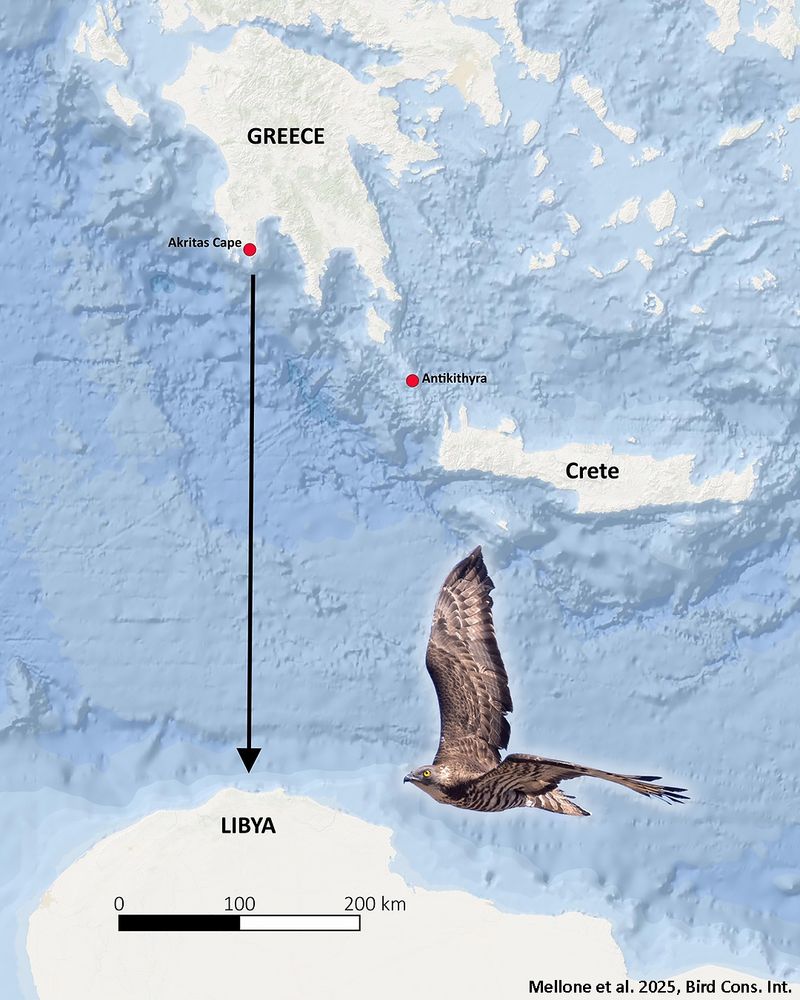
Ugo Mellone
@ugomellone.bsky.social
73 followers
120 following
14 posts
Freelance environmental photojournalist (National Geographic, GEO, Nature, BBC Wildlife, El País...). PhD in Zoology. Bird migration nerd. Co-founder of Mediterranean Raptor Migration Network (MEDRAPTORS). And, first of all, naturalist.
www.wildphoto.it
Posts
Media
Videos
Starter Packs
Ugo Mellone
@ugomellone.bsky.social
· Jul 2

El frágil lazo entre los monos araña negros y las comunidades locales de Colombia
La primatóloga Alma Hernández Jaramillo trabaja con la población de la ciénaga de Marimonda, en Antioquia, para la conservación de esta especie que decae al mismo ritmo que las selvas que habita
elpais.com
Ugo Mellone
@ugomellone.bsky.social
· Feb 10

Conservar los cultivos de café en Colombia para proteger a las aves migratorias de Norteamérica
La bióloga colombiana Ana González promueve la conservación de estas especies mediante la alianza con las comunidades locales y las nuevas tecnologías
elpais.com















